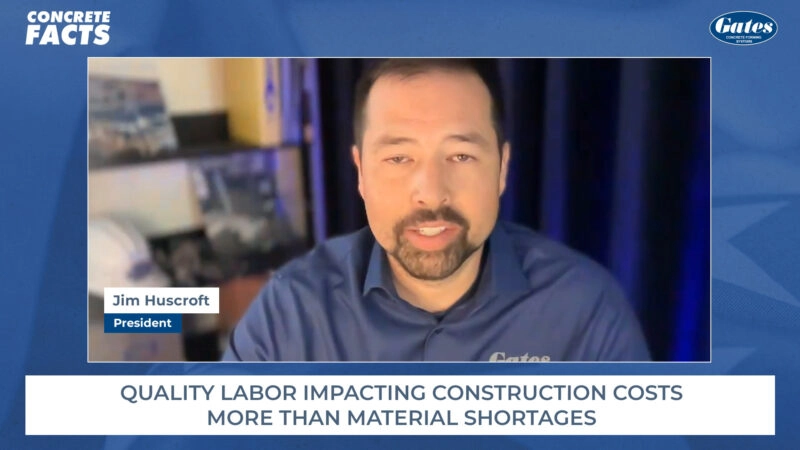How Can I Stay Lean on Supply Costs
To stay lean on supply costs in your business, consider implementing the following strategies:
- Supplier Evaluation: Evaluate your current suppliers to ensure you are getting the best value for your money. Compare prices, quality, delivery times, and customer service among different suppliers. Negotiate contracts and pricing terms to secure the most favorable deals.
- Strategic Sourcing: Conduct thorough research to identify alternative suppliers or sources for your required materials or products. Diversify your supplier base to avoid dependency on a single source, which can make you vulnerable to price fluctuations or availability issues.
- Inventory Management: Implement effective inventory management practices to avoid overstocking or understocking. Utilize inventory tracking systems to monitor stock levels, track consumption patterns, and identify opportunities to optimize inventory. This ensures you have the necessary supplies without tying up excessive capital in inventory.
- Just-in-Time (JIT) Approach: Consider adopting a just-in-time inventory approach where you receive supplies as close as possible to when they are needed in the production process. This minimizes storage costs, reduces waste, and prevents inventory obsolescence.
- Bulk Purchasing and Group Buying: Take advantage of bulk purchasing discounts when feasible. By buying in larger quantities, you may be able to negotiate better prices and reduce unit costs. Additionally, consider joining or forming buying groups with other businesses to pool purchasing power and access volume discounts.
- Continuous Improvement: Continuously review and optimize your supply chain processes. Look for opportunities to streamline workflows, eliminate bottlenecks, and reduce waste. Encourage employee feedback and ideas for cost-saving measures, as they are often on the front lines and may have valuable insights.
- Energy Efficiency: Reduce energy consumption in your operations to lower utility costs. Invest in energy-efficient equipment and machinery, implement smart lighting systems, and promote energy-saving practices among employees. This can lead to significant long-term savings.
- Collaborative Relationships: Foster strong relationships with suppliers based on trust, open communication, and collaboration. Work together to find mutually beneficial solutions that reduce costs for both parties. Consider long-term contracts or partnerships to secure preferential pricing or exclusive deals.
- Employee Training and Engagement: Train and educate your employees on cost-conscious practices and the importance of supply cost management. Encourage them to contribute ideas for cost-saving initiatives and reward their efforts when they result in measurable savings.
- Technology Utilization: Leverage technology solutions to streamline procurement processes, track supplier performance, and identify cost-saving opportunities. Use analytics and data-driven insights to optimize purchasing decisions, identify cost drivers, and negotiate better terms with suppliers.

